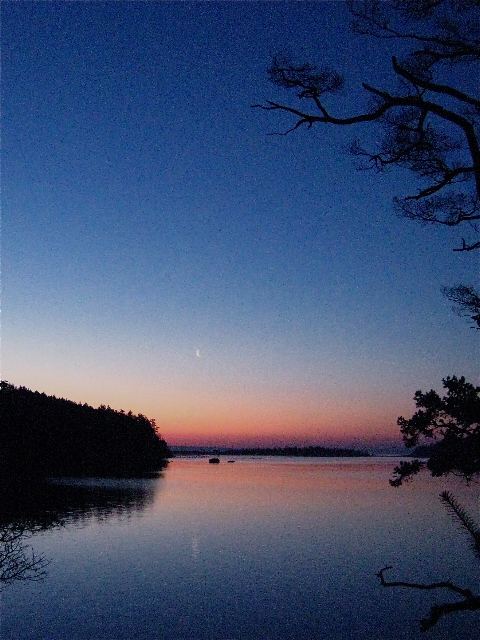
How does the framing of sight, and outcome of interpreted visualziations, drive design? And in looking — seeing — do you increasingly tune your sensing of visual content — and the display of it?
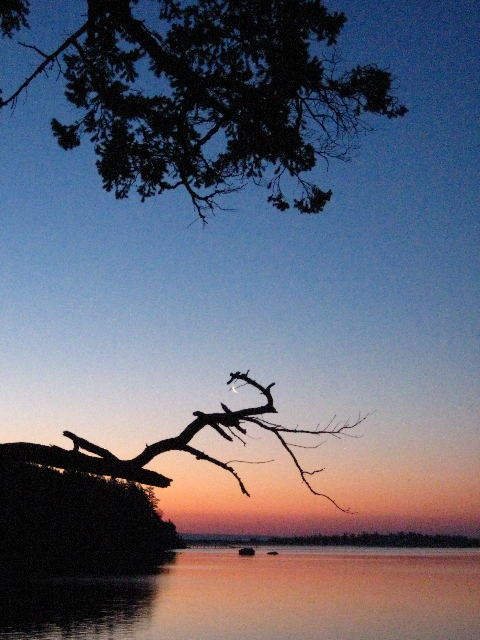
While it’s surely impossible to define, precisely, objectively, I’m wondering about seeing. How, and what, does one see? And when you see it, what drives you to think about what that means to your visualizing of content in relation to the practice of design? And what compels that captivation? What drives attraction? What galvanizes the sentience of observation, to reformation in content, for practitioners of design?
Seeing in.
In sight.
Insight.
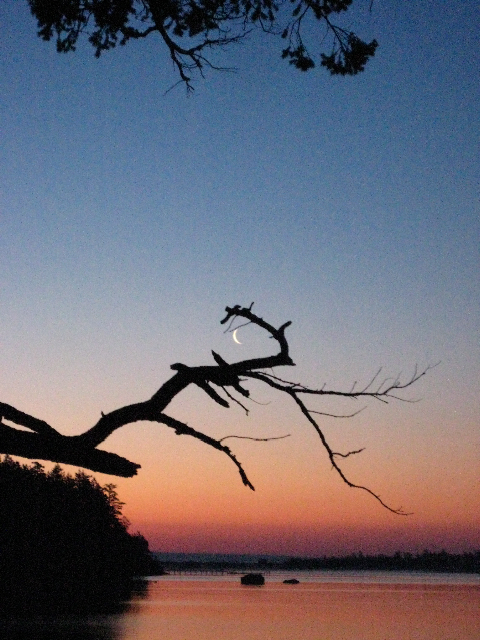
As a designer, I look for compositions, that fill the space — and place-making — of absorbed (and absorbing) visualizations. That is, looking out, I study the framing of experience as a sense of composition — a composing — that teaches me, advances my understanding of circumstance, and the beauty of unfolding vocabulary. A vocabulary of space and experience — a lexicon of input that increasingly drives your ability to sense, feel, connect, be drawn into — the moment of that epiphany. Sense more, the seeing in of your ability, will expand and your skills to communicate will evolve. For surely it is that way — the more you sense, the greater your exposures, the more that impacts your palette of possible outbound expression. And the more evolved does your sense of analysis and contemplation of what you are seeing.

As a designer, I look for compositions — that fill out the sense of place of visualizations that tell a kind of story. So what I learn is — the beauty of something seen will continue to teach me to view alternates — because that is my capacity. It has grown.
There are two forms of engagement — they are two, but they are combined, the one reaches to the other. And being a designer, I find myself. Literally. Seeking out the character of message — whether inbound, to me, or outbound, and expressed to others — that work is increasingly about the finding of Self. And how that self skillfully intermingles in the nature of the practice. That practice is about design, it’s about writing, but mostly it’s about listening. And learning — and taking, as a strategist, a writer or designer — what you see and what you can get out, in response.
So in working with a client, (I find myself) I listen, I view, I watch, I note. Finally, I return the favor of the communing, and respond. Reaching back, reflectively. So in what I see, and what I sense, I consider what those outcomes might be.
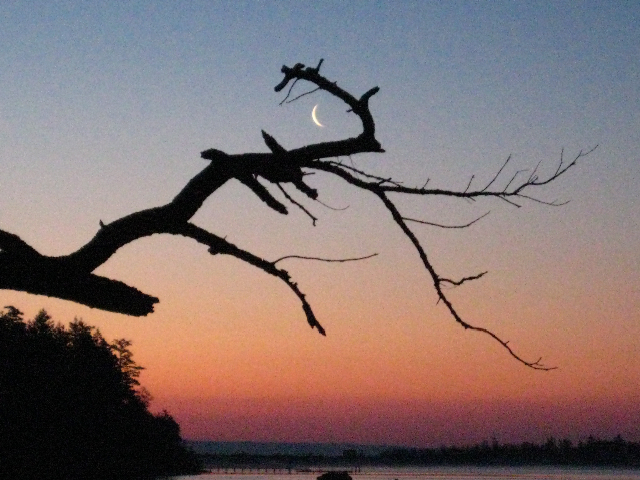
But in being out there, wandering and exploring, engaging in any attribute of meditative examination, I find that I progressively arm myself with striking learnings that ultimately find their way back to the work.
To my thinking, composure, composition — they’re etymologically aligned to composite and placement — literally, with+posing. But being in the place of seeing — that sensing sight of the arrangement of things — and how that relates to design and the practice of the craft of designing — it is clear that they are aligned, they sync up, lustrate the one — to the other.
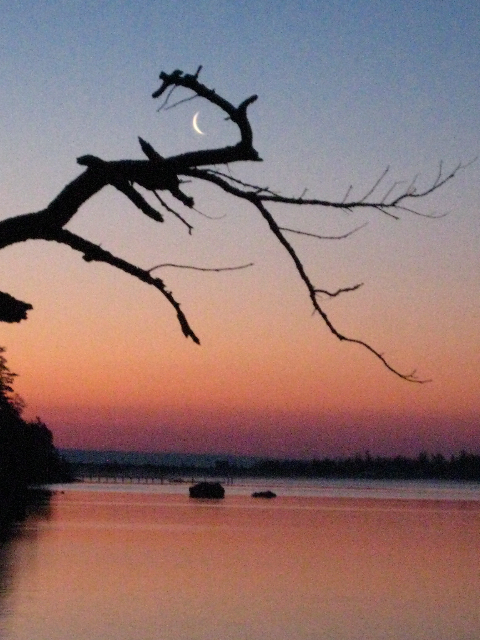
So the inspirational imagery here, that I’ve added in this grouping, it’s about that: reflections in: color, patterning, arrangement and the procession of content. And it’s about looking in, further, to sensing the place of imagery in making. It’s about the description delineation — that is in the very heart of design: the signing of description.
For like the movements of a passage into a designed place — really, any place — it’s in that notion of how people really get things, how that imagery, that textual content is perceived. It is a sequence, is it not?
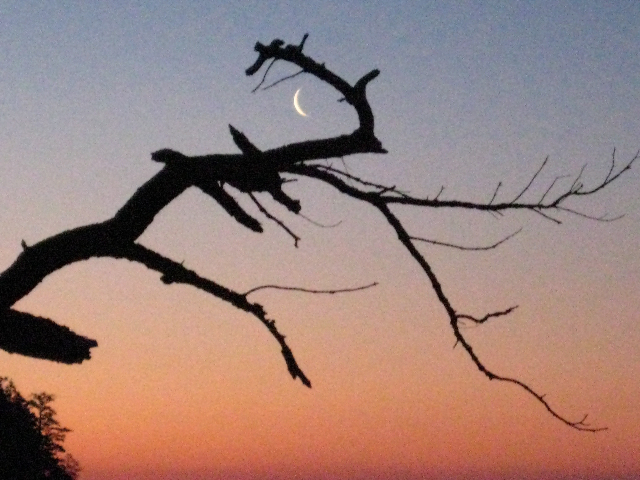
You get closer. You push further. You get in(to) it.
So, the stroke, the curve, the arrangement — and the absorption of engagement and attention — it’s that reflection.
What you see is what you get.
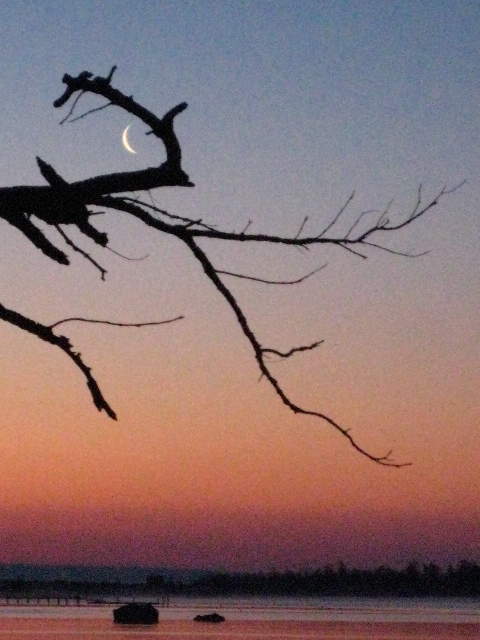
What you get is what you give.
tsg | miami
Etymologies:
compose
1475, from O.Fr. composer “put together, arrange” (12c.), from com- “with” + poser “to place,” from L.L. pausare “to cease, lay down,” ult. from L. ponere “to put, place” (see position). Meaning infl. in O.Fr. by componere (see composite). Musical sense is frmo 1597. Composed “calm” is from 1621; composure first recorded in 1667.
position (n.)
c.1374, as a term in logic and philosophy, from O.Fr. posicion, from L. positionem (nom. positio) “act or fact of placing, position, affirmation,” from posit-, pp. stem of ponere “put, place,” from PIE *po-s(i)nere, from *apo- “off, away” (see apo-) + *sinere “to leave, let,” of obscure origin. Meaning “manner in which a body is arranged or posed” first recorded 1703; specifically in ref. to dance steps, 1778, sexual intercourse, 1883. Meaning “official station, employment” is from 1890. The verb meaning “to put in a particular position” is recorded from 1817.
composite (adj.)
1563, from O.Fr. composite, from L. compositus, pp. of componere “to put together,” from com- “together” + ponere “to place” (see position). The noun is attested from 1656.